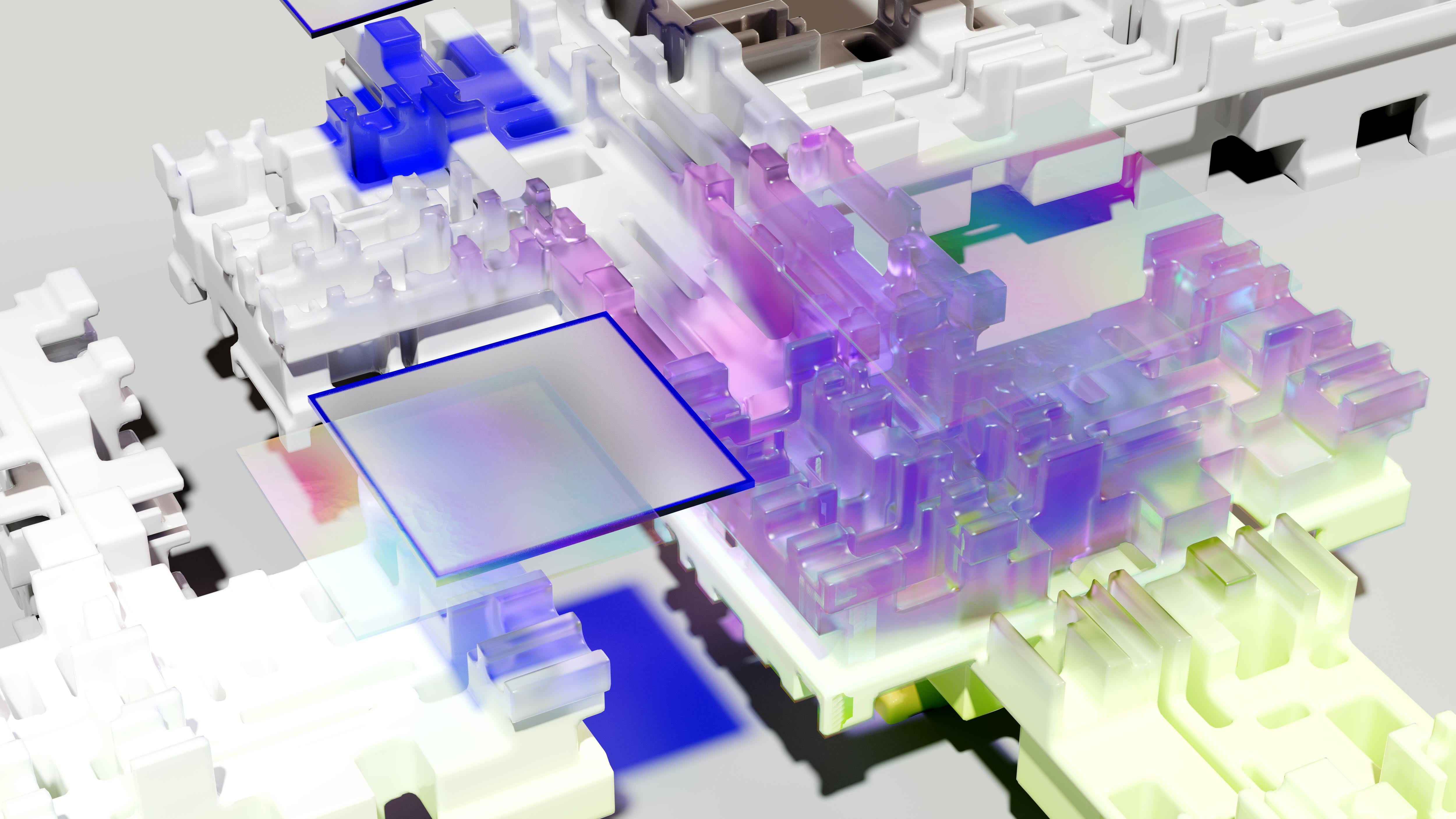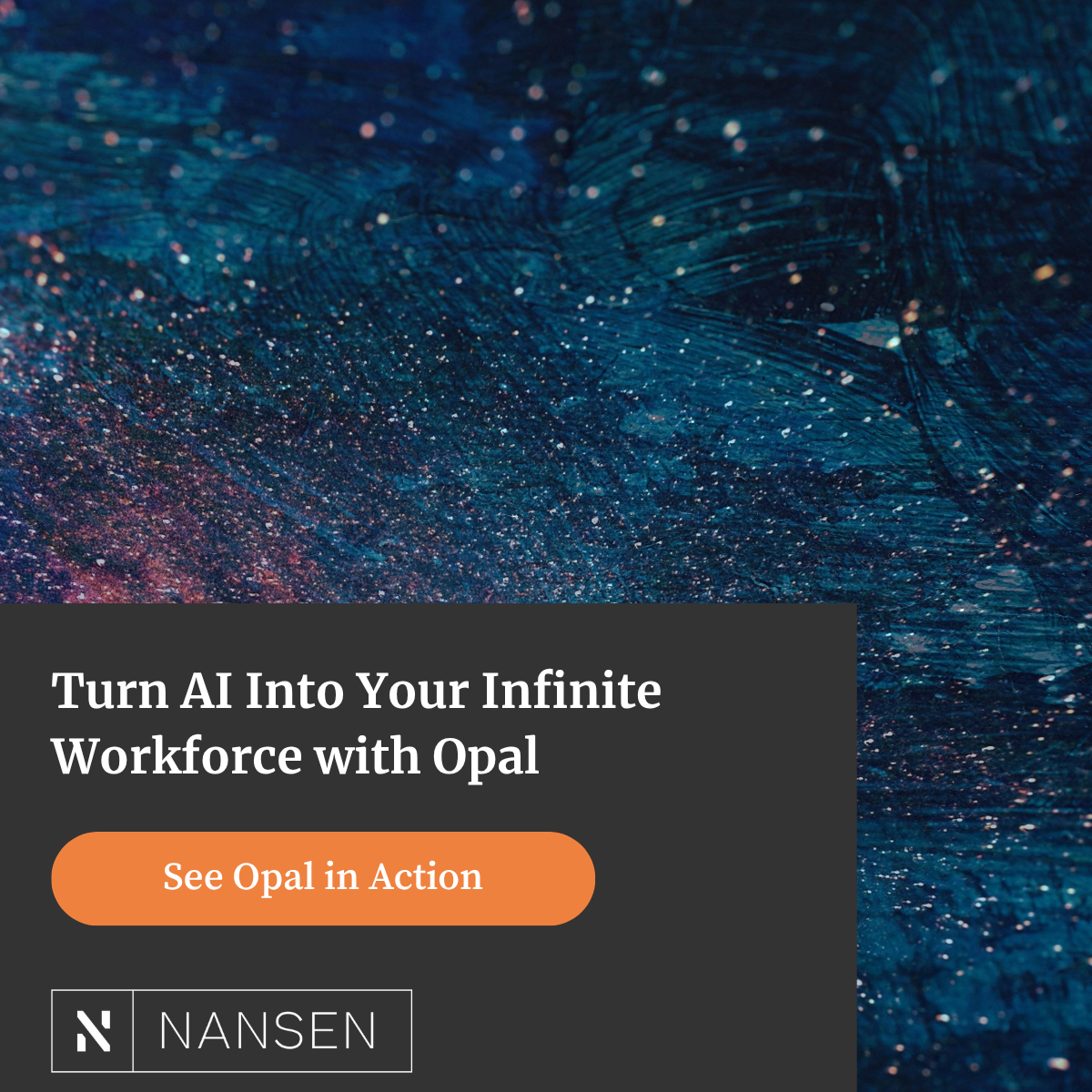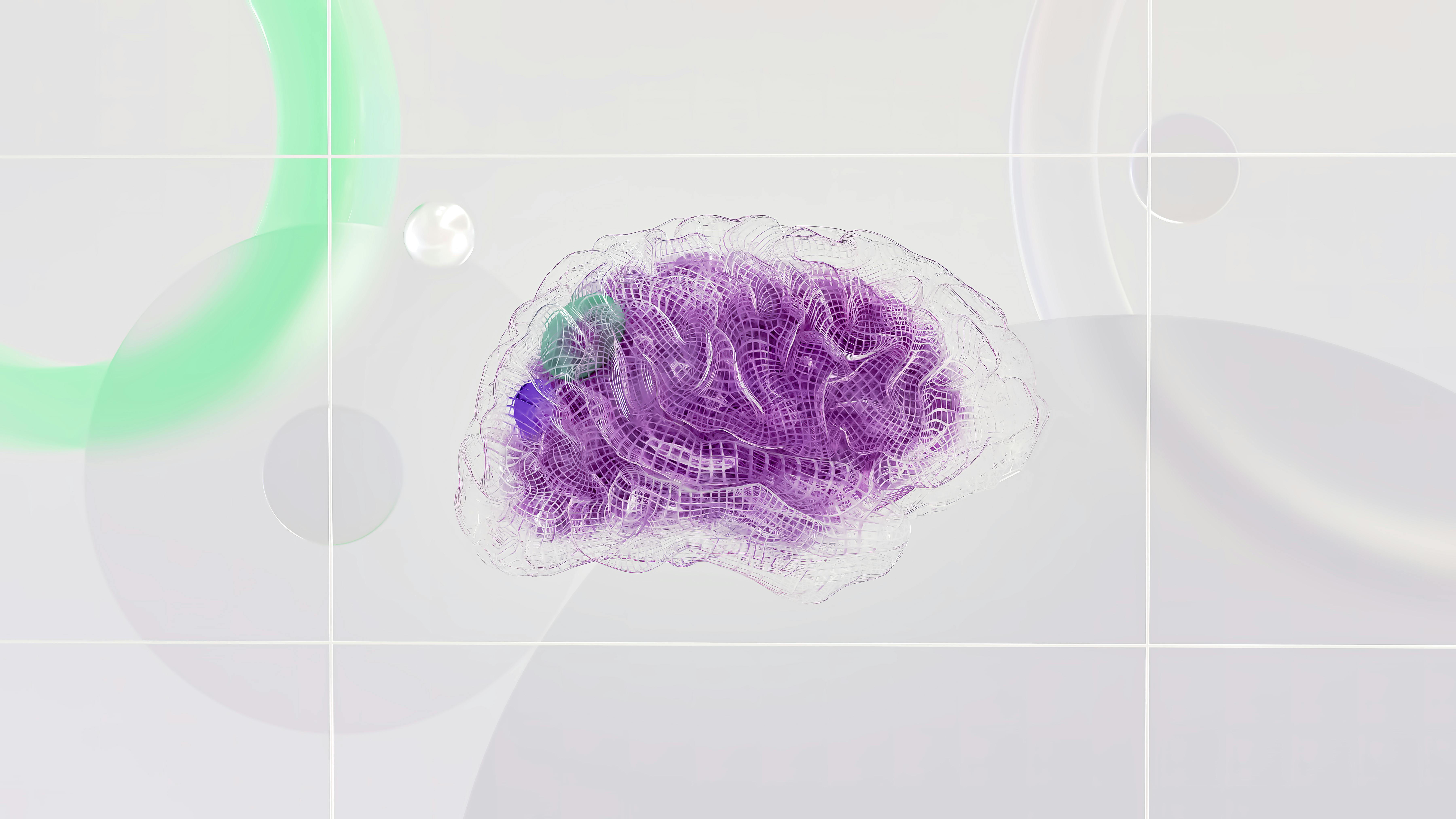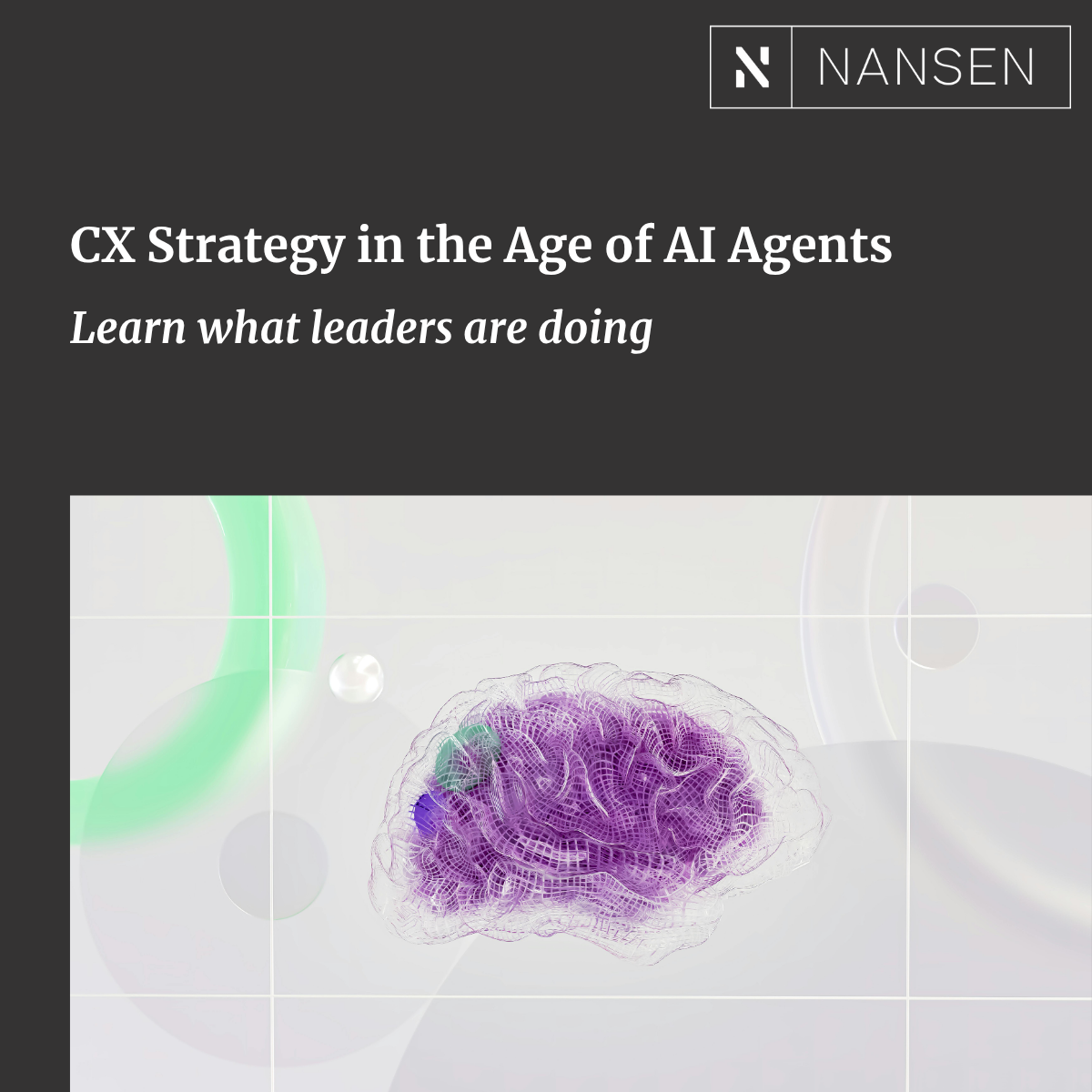Among the many critical tools that help brands connect with customers online, few are as important as a content management system (CMS). A CMS ensures that every visitor to an app or website sees the right content at the right time, so as to deliver the most seamless possible experience. In today’s digital-first world, choosing the right CMS from the broad spectrum available options is more important than ever. The popular CMS tools Contentstack and Drupal represent two ends of that CMS spectrum, so we thought it would be instructive to compare them in terms of architecture, services, pricing, and more.
Contentstack and Drupal do have many similarities. Both put heavy emphasis on promises of “agility” (Contentstack) or “flexibility” (Drupal) for their users. Additionally, both brands position themselves as “experience platforms,” highlighting the current expectation among customers that a CMS tool should do more than manage content. Contentstack calls itself a “content experience platform” while Drupal self-identifies as a “digital experience platform.”
Beyond those and some other overlaps between the two tools, however, there is a plethora of notable and important differences between Contentstack and Drupal.
We at Nansen believe that between these two options, Contentstack CMS is the better choice for future-focused businesses.
Traditional vs. Headless CMS
Drupal, founded in 2001 was part of the first wave of CMS innovators and has been a major player ever since. Unsurprisingly, Drupal CMS uses a “traditional” architecture. Traditional CMS tools were designed to host and feed content to a single source, a website, and as such, they treat the front- and back-end of the site as a monolith.
By contrast, Contentstack was founded in 2018 and represents a more modern iteration of content management systems. Contentstack uses a “headless” architecture, which disconnects the back-end content storage from the front-end platforms where the content is displayed. Headless CMS tools store content in modules, which are easy for non-technical teams like marketing to update and manage, while developers can simultaneously tap into the CMS to build integrations, apps, workflows, and more.
Traditional CMS architecture worked well for many years, and is still a good option for any business with a relatively limited, simple digital presence. However, the future of customer engagement, sales, and marketing is getting more and more connected and omnichannel by the day. A headless CMS like Contentstack is key to running multiple digital channels seamlessly.
DIY vs. Full Service
One of the major selling points of Drupal is end-to-end customization and flexibility. Drupal users can create a truly personalized CMS solution using its software, selecting and discarding elements to their heart’s content. However, this customizability comes with trade-offs. Setting up Drupal is no simple task, requiring fairly advanced web development skills and knowledge.
Drupal’s basic software is open-source and free of charge. However, Drupal users will have to find and pay for add-ons, plug-ins, hosting, and more to actually build a business-ready website. The cost and resources required for these manual steps in the set up and maintenance of a digital platform must be taken into consideration.
Similarly to Drupal, Contentstack emphasizes agility in describing its value to users. But there are vast differences between the “DIY” nature of Drupal and the services and support that come built into Contentstack. Rather than the blank canvas flexibility of Drupal, Contentstack promises agility through the very nature of its software, which was built on MACH principles: Microservices based, API-first, Cloud-native SaaS and Headless.
Contentstack customers pay for the tool on a monthly subscription basis, with three available pricing tiers. That cloud-based SaaS subscription includes automatic management of scaling, updates, security, and other maintenance issues. Its promotional materials note that the efficiency gained with a Contentstack subscription can deliver a 40% increase in resource availability per year for its customers.
Open-Source Community vs. Customer Support
Based on the differences in built-in services outlined just above, it should perhaps be no surprise that there’s a large gulf between how much customer support Drupal and Contentstack offer, respectively.
There is no mention of 24/7 live support or account managers on Drupal’s support page. Instead the company relies on the enormous developer community that exists around its software, which has been growing for more than two decades. No doubt, there is tremendous knowledge to be found in community documentation, forums, and the Drupal Stack Exchange. But the lack of personalized, real-time guidance from the company is somewhat surprising in today’s world.
By contrast, Contentstack puts enormous emphasis on customer support, even branding its numerous offerings as “Care Without Compromise.” Contentstack users can expect to have a dedicated customer success manager, 24/7 live, human in-app support, and a Mission Control team that offers proactive suggestions about possible issues.
In a fast-changing and customer-first world, businesses need to be nimble. At Nansen, we believe that Contentstack’s full-service offerings and real-time customer support could be true difference-makers in terms of facilitating quick pivots to keep up with today’s customers.
Learn more about why Contentstack’s headless CMS and the Nansen-Contentstack partnership right here.













